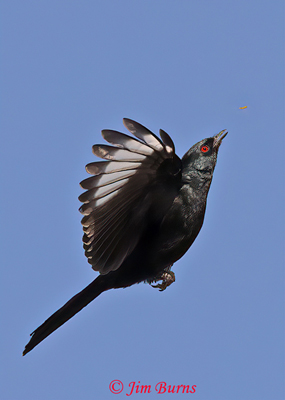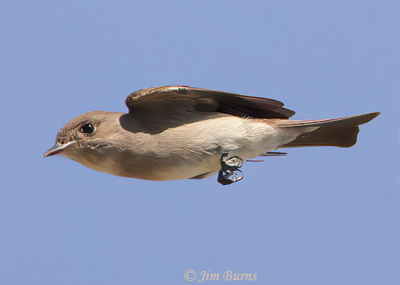
I’ve discovered magic trees in northwest Missouri, south Texas, and Costa Rica, but my first one ever still stands (the one in Missouri which housed my first and only red morph Eastern Screech-Owl blew over in a winter windstorm) near the mouth of Madera Canyon. I coined the term magic tree there many years ago on a perfect spring day in May when I counted twenty-seven species coming into the tree, all in one morning, a morning on which I saw and reported the then northernmost location of Five-striped Sparrow in the state foraging below the tree.
Sitting on the sunny side of a magic tree, I’ve witnessed nearly every behavior in which birds engage: snowbirds warming in the winter sunrise; newly arrived migrants singing to proclaim territory, nesting passerine pairs mating, vireos and warblers plucking insects from the undersides of leaves, raptors reconnoitering for prey; and birds big and small preening after bathing which reminds me that the best magic trees are near springs, a river, or lakeside for the obvious reason that nothing attracts birds like water.
My most recent magic tree discovery is a dead snag which sits with its roots in the floodplain of a river prone to seasonal flooding which probably accounts for the tree’s demise. On a morning this past April, after arriving just before sunrise, I counted thirty-eight species in the tree before I departed mid-morning, desert heat rising as bird activity dropped along with my threshold for boredom with the same old, same old birds. Yeah, magic trees have jaded me, but this was my highest count ever at one.
A quick run through my list of thirty-eight that morning shows only one real surprise but a nearly complete inventory of the birds expected in mid to late migration through mesquite and chaparral in the Sonoran lowlands near Phoenix-- two species of doves, two species of woodpecker, both cowbirds, six(!) flavors of flycatchers, and most of the usual suspects like Verdin, Abert’s Towhee, cardinals and mockingbirds.
Highlights included two pairs of Vermilion Flycatchers doing their sally forth thing, a female Bullock’s Oriole gleaning nesting material, a Belted Kingfisher plying its trade along the river, a late Lazuli Bunting, and two species of wren, Bewick’s and Rock. There were two warbler species, Lucy’s settling in and Yellow-rumpeds heading north, both Tree and Rough-winged Swallows stopping to rest and digest, and a very successful male Phainopepla that hung around off and on the entire four hours. Oh, and the big surprise was an Olive-sided Flycatcher. Didn’t expect that one.
Thirty-eight species in four hours in very good desert habitat may not seem overly productive to avid listers scurrying around for glory on a fine spring morning (and I saw several of them stream on by me looking for “stuff”), but it’s the way I roll as a bird photographer now whenever possible—find a magic tree and see what comes to me. The exercise isn’t as good, but the numbers and surprises will be the same or better, and I guarantee the photographs will be better.